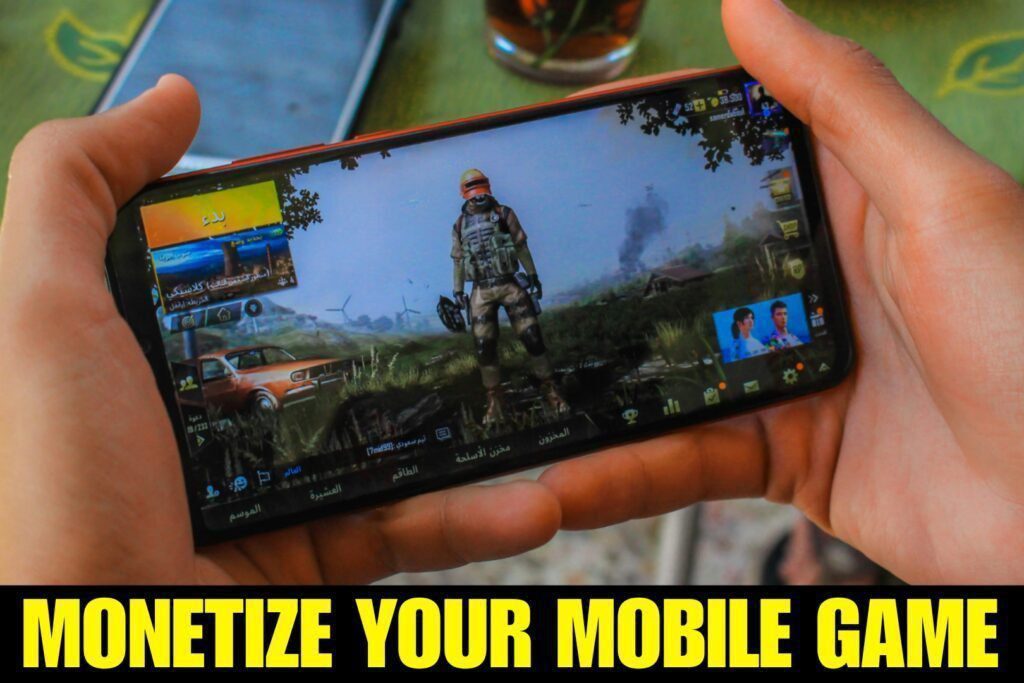In 2025, building a mobile app is easier than ever—but making it succeed is harder than ever.
With no-code platforms, generative AI, and a global freelance workforce, launching an app takes days, not months. But despite this unprecedented access to tools and talent, more than 90% of apps still fail within the first year. That includes both indie projects and well-funded startups. The app graveyard is crowded with once-promising titles that never gained traction, hemorrhaged users, or silently died after launch.
So why do most mobile apps fail in 2025?
This deep dive unpacks the real reasons behind app failure using lessons from actual failed projects, postmortems, and founder insights. Whether you’re building a productivity app, a game, or a niche tool, these lessons could mean the difference between joining the top charts—or the pile of forgotten icons.
The Harsh Reality in Numbers
- Over 4,000 apps are published daily on Google Play and the App Store combined.
- 80% of apps are abandoned after 3 uses.
- Only 0.5% of apps earn more than $10,000/month.
- 50% of funded startups in app-focused sectors fail to return investor capital.
(Source: SensorTower, Business of Apps, IndieHackers surveys, 2025)
The 10 Core Reasons Why Apps Fail (With Real Lessons)
1. No Market Need: Building Before Validating
“We built a brilliant journaling app. Turns out, no one wanted another one.”
– Former founder of MindInk, shut down 5 months after launch.
Problem: Many apps are built on assumed problems, not validated demand.
Lesson: Start with problem-first thinking, not product-first. Use tools like Tally.so for surveys and Typeform for user interviews before writing a line of code.
2. Poor Onboarding: First Impressions Kill
“Users downloaded it, opened it, got confused, and bounced.”
– Indie dev of a budgeting app that lost 90% of users on Day 1.
Problem: Confusing UI, lack of guidance, or cognitive overload during onboarding.
Lesson: Use interactive walkthroughs and AI-based UI helpers (like Appcues) to ease the user into the app. Test with non-tech users.
3. Weak Retention Strategy
“We hit 50K downloads from TikTok… but had no plan to keep them.”
– Creator of a viral task manager that cratered after 2 weeks.
Problem: No push strategy, no habit loop, no content updates.
Lesson: Design retention features before launch: gamification, reminders, streaks, or content refreshes. Use OneSignal to test push campaigns early.
4. AI Misuse or Overuse
“We slapped GPT-4 on everything and called it smart—it wasn’t.”
– Co-founder of an AI tutor app that faced bad reviews for “hallucinated” responses.
Problem: AI used as a gimmick instead of core enhancement.
Lesson: If using LLMs like OpenAI or Claude, fine-tune or constrain prompts. Test thoroughly in real-world edge cases before launch.
5. Ignored App Store Optimization (ASO)
“Our app was called ‘Notes Pro v2’—nobody ever found it.”
– Failed note-taking app, 2024.
Problem: Bad naming, no keyword optimization, weak screenshots.
Lesson: Use AppTweak or SensorTower to optimize title, description, icons, and reviews. ASO is not optional in 2025.
6. No Monetization Model
“We thought we’d add monetization after we got users. We ran out of money.”
– Startup behind a fitness app with 200K users and $0 revenue.
Problem: Monetization as an afterthought.
Lesson: Build for monetization from Day 1: subscriptions (via RevenueCat), ads, freemium, or partnerships. Test willingness to pay before scaling.
7. Overbuilding the MVP
“We delayed launch for 9 months trying to perfect every feature.”
– Dev of a productivity suite that never left beta.
Problem: Feature creep and perfection paralysis.
Lesson: Define an MVP that solves one painful problem and get it into users’ hands within 4–6 weeks. Use tools like Thunkable or Glide for lean iterations.
8. Not Solving Distribution Early
“Building was easy. Getting users was a nightmare.”
– Team behind a mental health app that shut down despite rave reviews.
Problem: No audience, no marketing, no launch plan.
Lesson: Start building an audience 3 months before launch. Use Beehiiv for newsletters, launch on Product Hunt, and create content on X/Twitter and LinkedIn.
9. Bad Reviews That Snowball
“One bug on launch day killed our App Store rating. We never recovered.”
– Solo dev of a meditation app.
Problem: A small bug or UX failure leads to public review bombs.
Lesson: Use TestFlight (iOS) or Firebase App Distribution (Android) to beta test with real users. Ship slowly, fix fast.
10. Weak Community or Brand Identity
“Our app worked fine, but no one cared about the mission.”
– Co-creator of a mindfulness tracker app.
Problem: App lacks a soul, movement, or emotional resonance.
Lesson: Apps with stories grow faster. Build micro-communities, create lore, document your build journey, and give people a reason to share it beyond functionality.
2025 Bonus Failure Factors to Watch
- 🚫 Privacy red flags: If your app asks for location or microphone access without clear value, users will bounce (especially in the EU or India).
- 🧠 Bad AI UX: If users don’t understand what the AI is doing or can’t trust it, they quit.
- 🐢 Laggy performance: Mobile users expect lightning-fast interaction. Use tools like BugSnag or Sentry to track and crush latency.
- 🤖 No offline mode: Apps that crash without internet? Dead on arrival in Tier 2–3 countries.
How to Avoid the App Graveyard: 5 Rules
- Validate > Build: Launch a landing page or prototype before the app. Use Carrd or Framer.
- Don’t build alone: Even if solo, join communities like IndieHackers or Buildspace for feedback.
- Launch messy, learn fast: Use the 10–10–10 method (10 users, 10 minutes of feedback, 10 fixes).
- Talk to users weekly: Real conversations beat analytics dashboards.
- Document everything: Your failures today are your Twitter threads, investor decks, or success stories tomorrow.
Final Thought
In 2025, failing to build an app is nearly impossible. But building an app people care about, return to, and pay for—that’s still incredibly rare.
App failure isn’t just a result of bad ideas. It’s often good ideas executed with blind spots. The smartest builders are the ones who know how (and why) others failed—and build accordingly.
Your job isn’t just to build an app.
Your job is to build a habit.
A reason.
A story.
A life—inside an icon.
So before you launch, ask yourself:
Why should this app exist in 2025—and will anyone miss it if it disappears?

